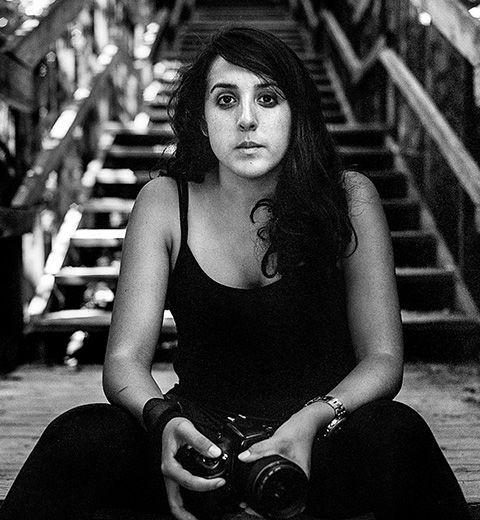Book tip: When Cages Fly
Book tip: When Cages Fly
Kiana Hayeri
July 9, 2024
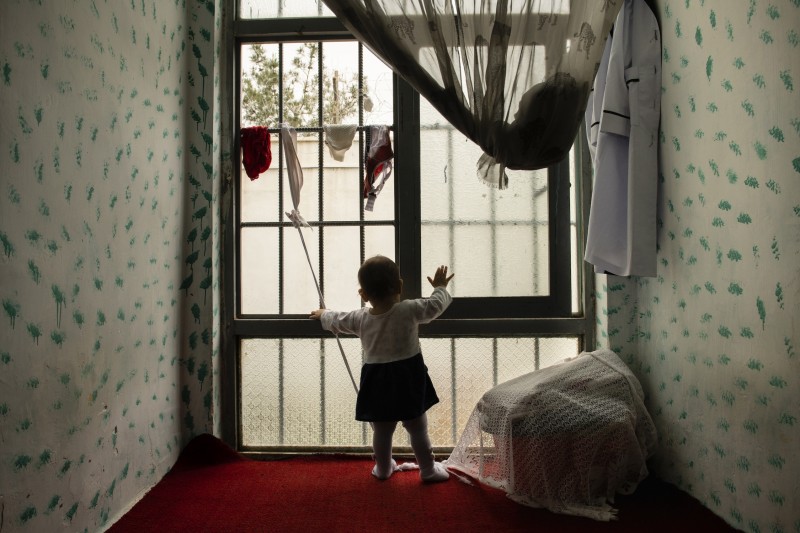
Herat Women's Prison, 8.4.2019
The fundamental story behind Where Prison Is a Kind Of Freedom – which was originally published as a series in The New York Times Magazine – reveals the lives of women who have been imprisoned because they took drastic measures to free themselves from abusive and violent marriages. The photographer then developed her book project, as an extension of the initial series, which was honoured with the prestigious Robert Capa Gold Medal in 2020. The book examines the delicate balance between freedom and captivity.
Yet, it is not only the stories and images in the photo book that are so moving; Kiana Hayeri also worked with a wide range of design elements when creating its three chapters. The central chapter is presented as a closed block of pages that have to be torn open in order to access the images and, metaphorically, gain access to the inmates - a clever and effective device. The same goes for the use of materials: transparent pages are inserted, repeatedly, to give space to individual stories. The middle chapter is sandwiched between two sections that describe life outside the prison walls. Here, women exist only as shadowy beings within the confines of social constraints. To conclude, a complementary booklet shows the drastic changes that women's prisons – including the previously shown one – have undergone since the Taliban came to power in 2021. Even the prison as a place of restricted freedom no longer exists. Consequently, this juxtaposition serves as a harrowing visual metaphor that not only describes the journey of the women within the walls of the prison, but also that of an entire nation struggling with terror and tyranny.
All in all, a gripping photo book, which we can only hope gets plenty of support, as Kiana Hayeri intends to continue her work in Afghanistan, revealing realities that would otherwise remain hidden.
When Cages Fly+-
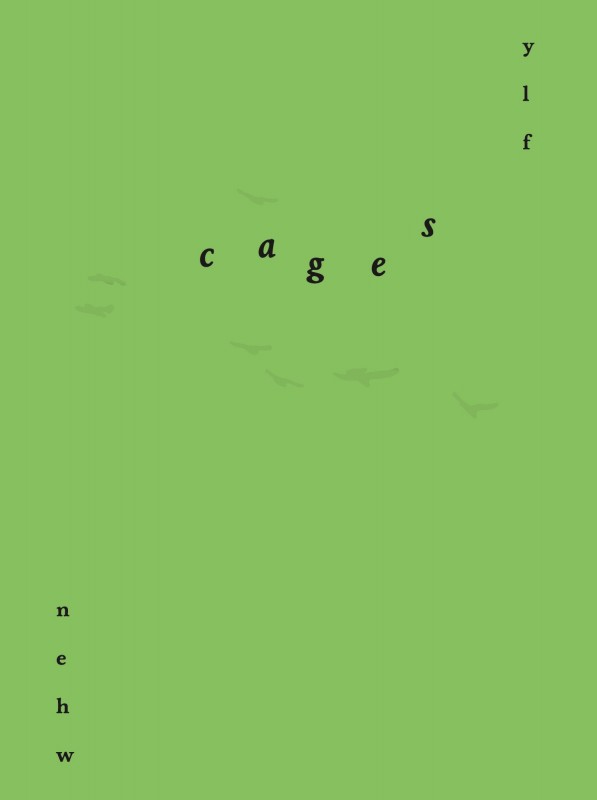
Photographer and author: Kiana Hayeri
246 + 24 pages, 127 colour pictures
22.5 x 17.5 cm, English
Design: Santiago Escobar-Jaramillo / Raya Editorial
1st edition, March 2024
Copies can be acquired on the homepage.
Kiana Hayeri+-
...was born in 1988, in Tehran, Iran, where she grew up, before emigrating to Toronto, Canada, as a teenager. In 2021, she received the Robert Capa Gold Medal for her Where Prison Is a Kind of Freedom series, documenting the lives of Afghan women in Herat Prison. In 2020, she received the Tim Hetherington Visionary Award; and became the sixth recipient of the James Foley Award for Conflict Reporting. Hayeri is a Senior TED Fellow and works regularly for The New York Times and National Geographic. She lives in Kabul, Afghanistan. More

Herat Women's Prison, 8.4.2019
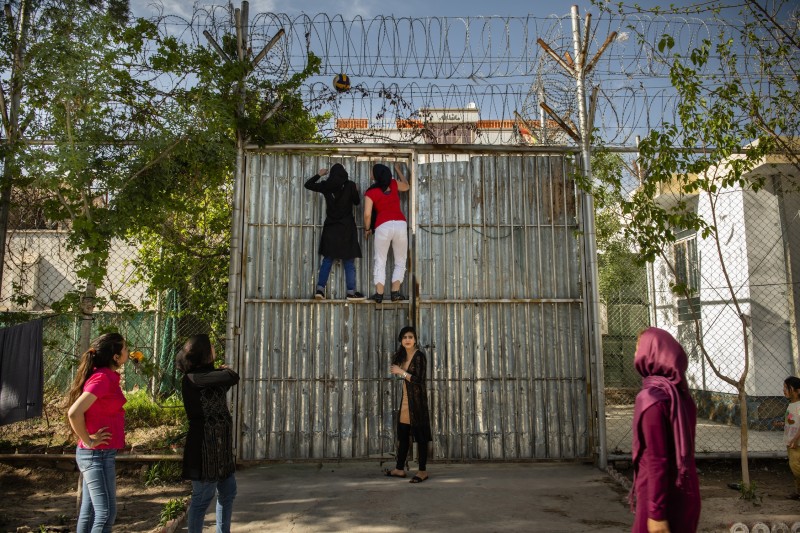
Herat Women's Prison, 7.4.2019
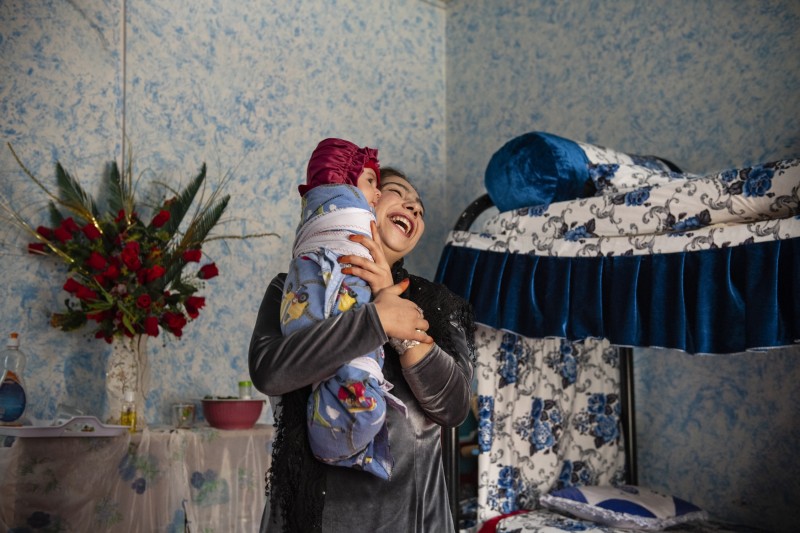
Herat Women's Prison, 1.4.2019
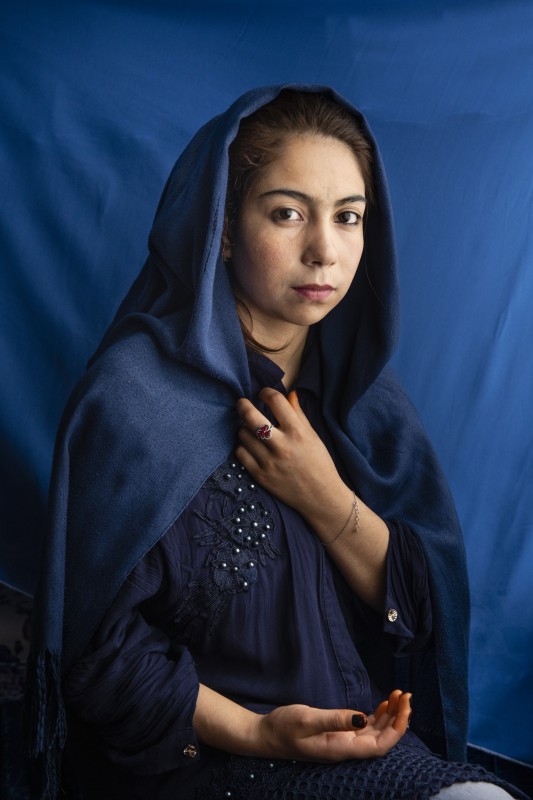
Herat Women's Prison, 8.4.2019
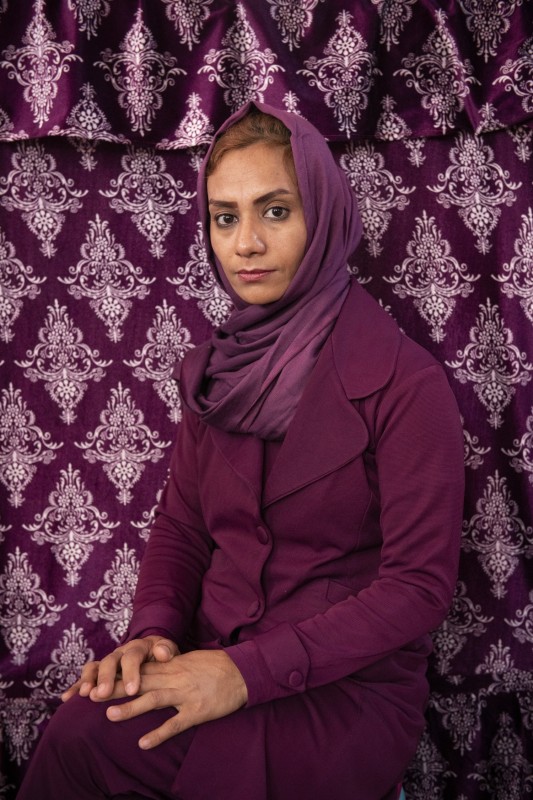
Herat Women's Prison, 7.4.2019
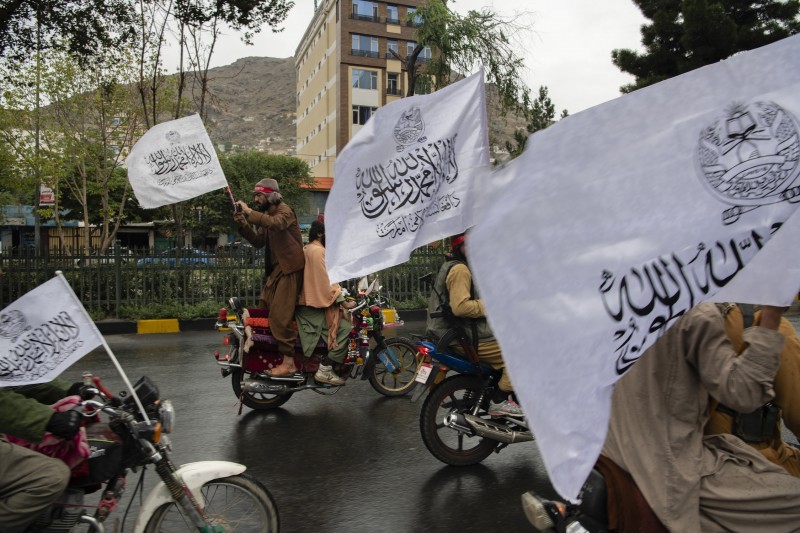
Kabul, Afghanistan, 15.8.2022
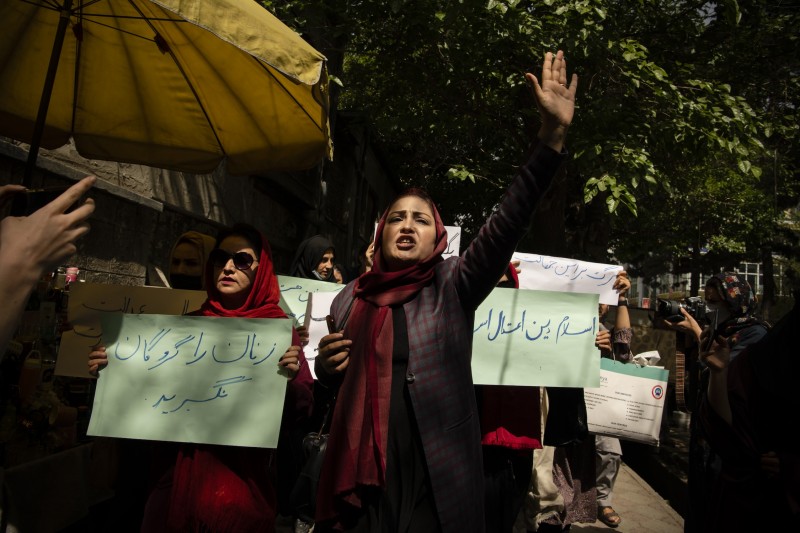
Kabul, Afghanistan, 10.5.2022
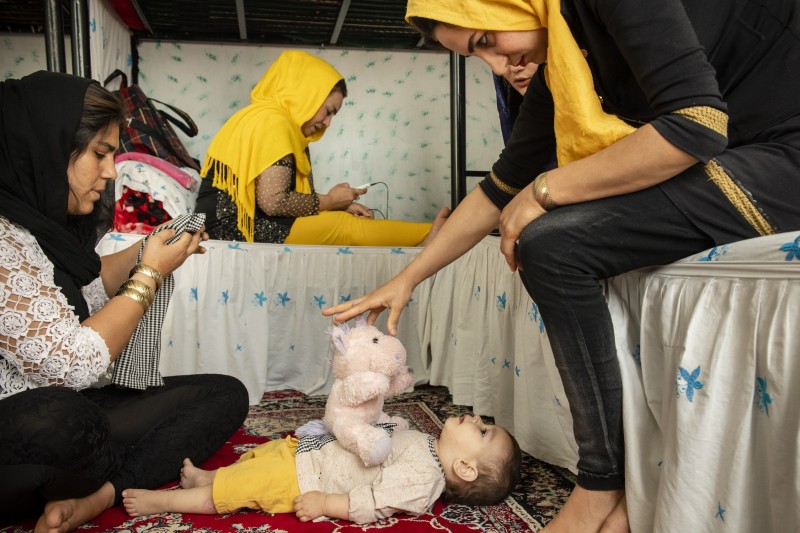
Herat Women's Prison, 6.4.2019
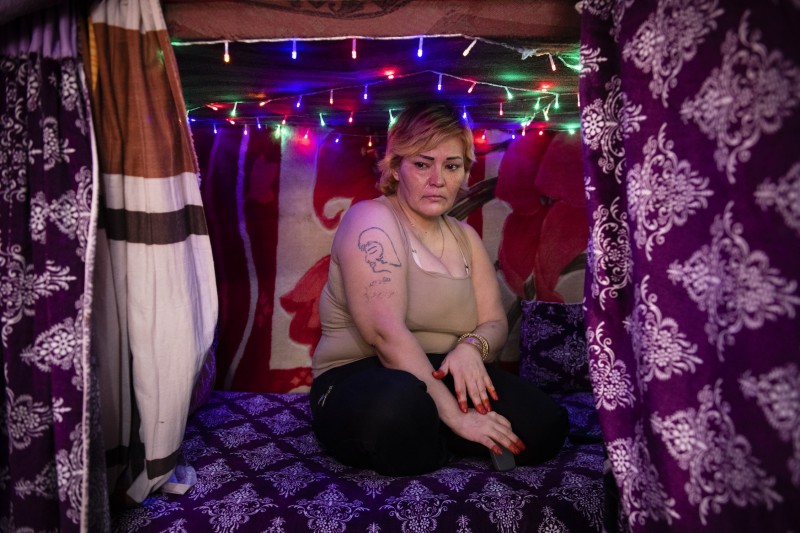
Herat Women's Prison, 7.4.2019
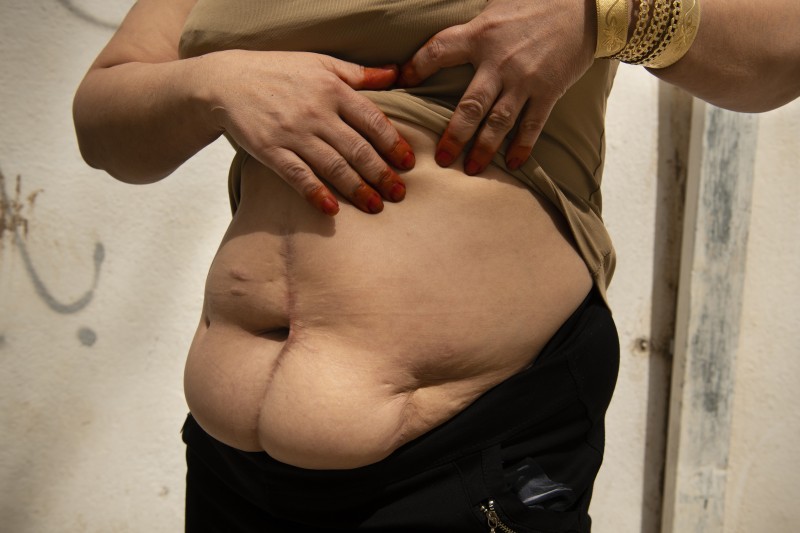
Herat Women's Prison, 1.4.2019
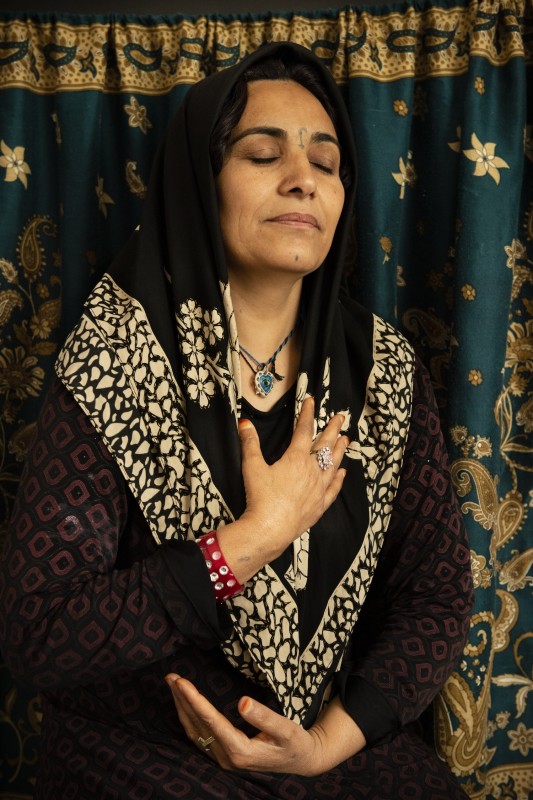
Herat Women's Prison, 7.4.2019
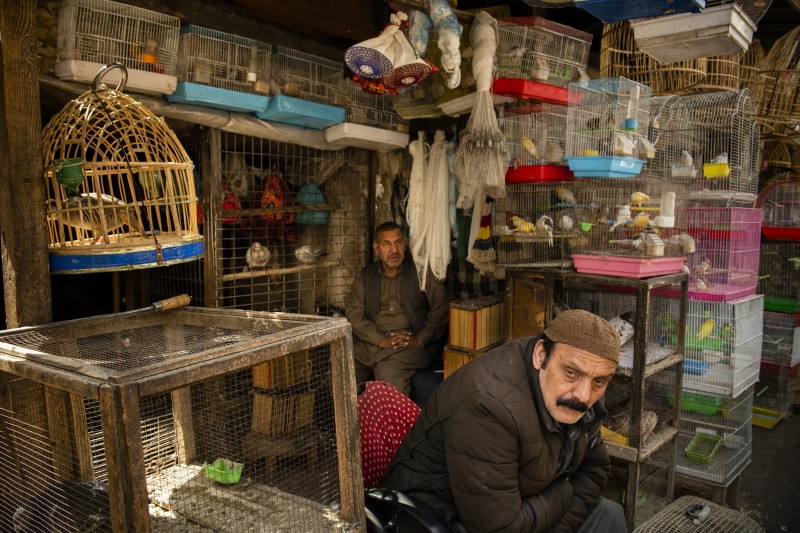
Kabul, Afghanistan, 13.2.2021
